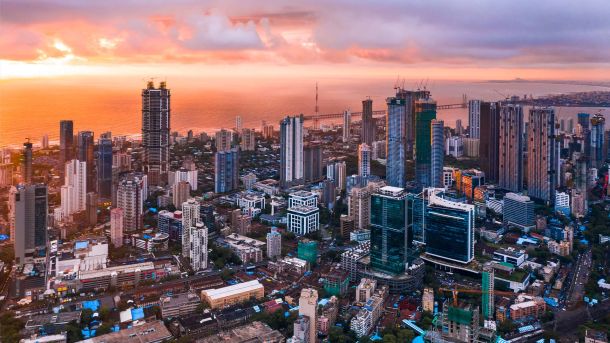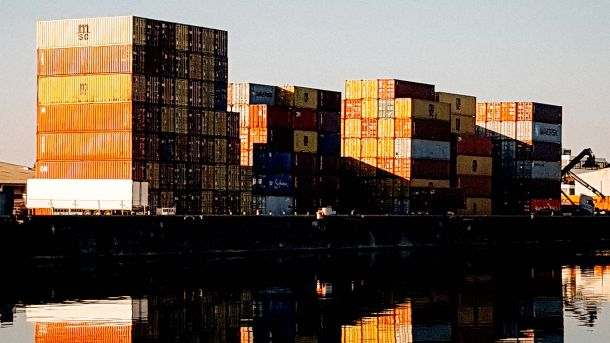The Rand appreciated slightly against the US Dollar from August to September, according to official reports from the South African Reserve Bank. Reserves increased by nearly USD 2 billion, following a USD 750 million rise in August 2025. The sustained high gold price played a significant role in supporting reserves from August through to September, with gold prices remaining 44.3% higher than the same period in 2024.
In USD terms, however, foreign reserves declined in September compared to the previous month. The Reserve Bank ceased purchasing US Dollars in open market transactions during September, but this did not significantly impact South Africa’s net international liquidity position at this time.
Key commodities such as gold, oil, platinum, and coal offer valuable insights into South Africa’s mining sector and inflation outlook. Monitoring these trends is vital for assessing inflation prospects, especially amid ongoing international developments and potential trade restrictions with the US following August’s tariff measures.
Tracking these movements is crucial, as inflation expectations will influence the South African Reserve Bank’s (SARB) interest rate decisions later in 2025. A stable Rand and slightly lower oil prices are conducive to more favourable inflation forecasts. However, global geopolitical tensions and possible changes to trade agreements, such as the African Growth and Opportunity Act (AGOA), could introduce increased market volatility.
With recent US tariffs and the Federal Reserve’s decision to cut interest rates in September 2025, the Rand may experience continued short-term fluctuations, which could impact both international markets and South Africa’s economic outlook for the remainder of the year.





